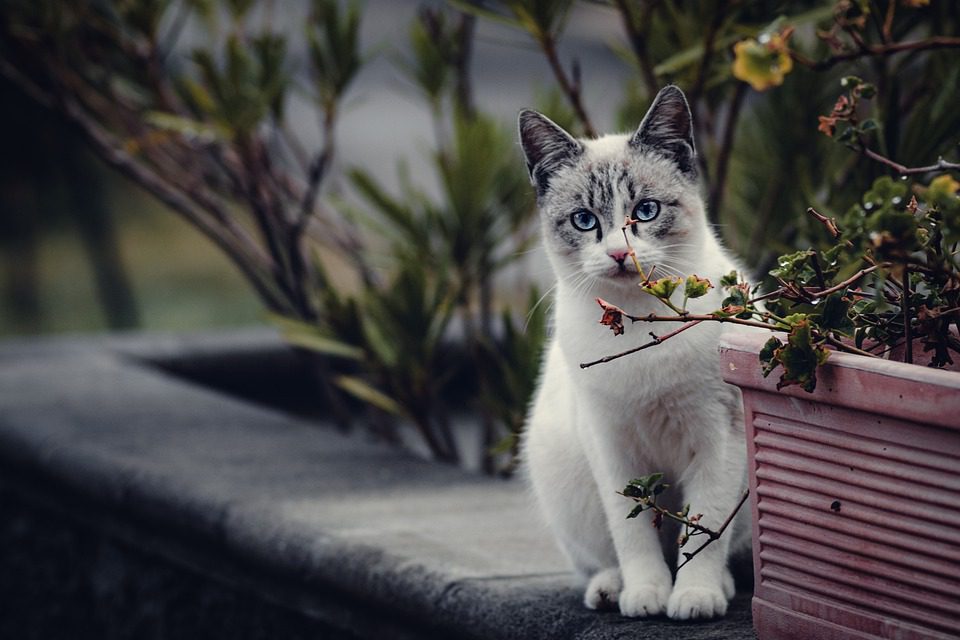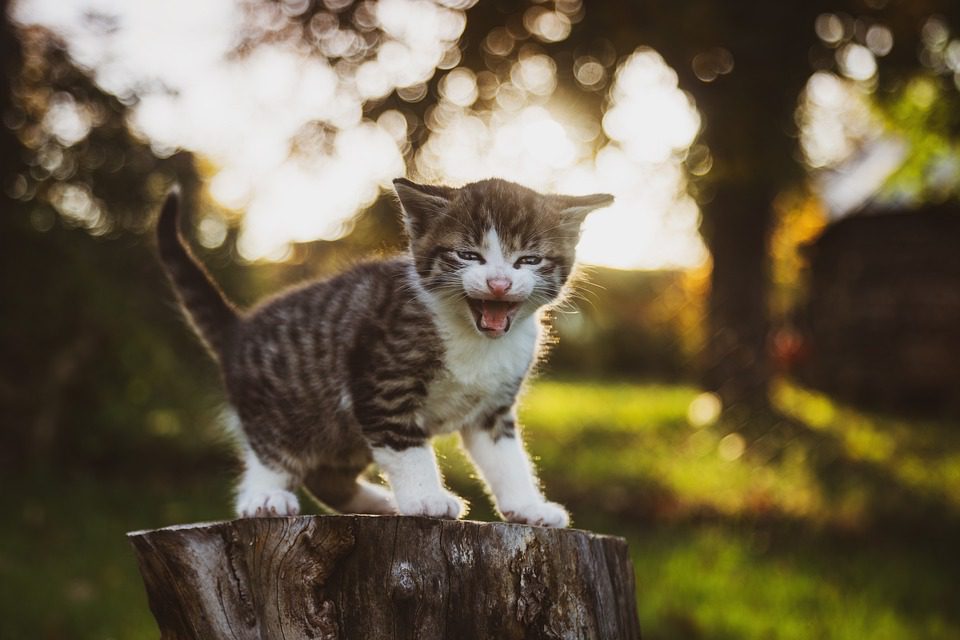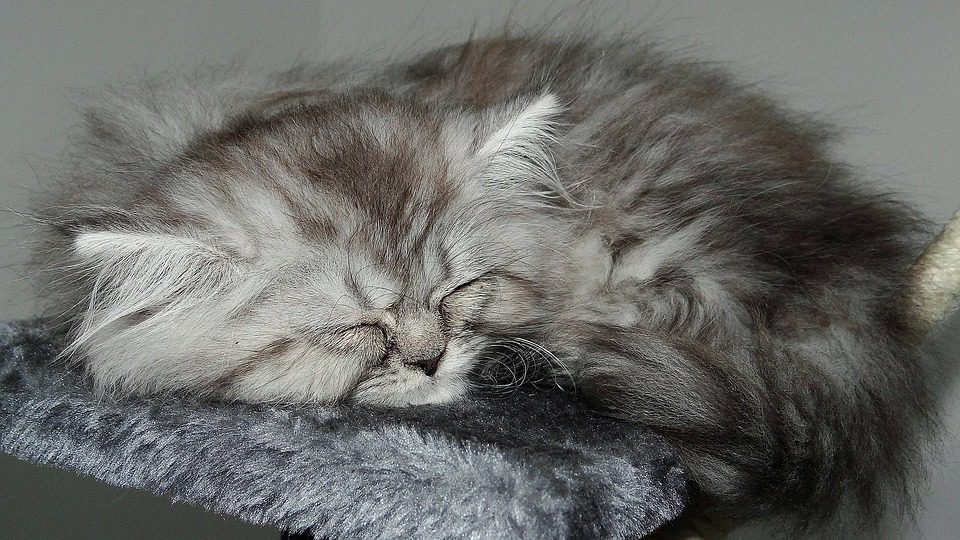Cats are known to be finicky creatures and have their own unique grooming habits. For cat owners, it can be difficult to know how often to bathe your cat, particularly when it comes to more delicate breeds like the Persian cat. While regular bathing is not recommended for cats, it’s important to know when and how to give your Persian cat a bath. In this article, we’ll explore the best practices for bathing a Persian cat and how often you should do it.
Bathing Your Persian Cat
Table of Contents
It can be a challenge to keep up with your cat’s grooming needs. One of the most common questions asked by cat owners is, “Can I bathe my Persian cat every week?” The answer is not as straightforward as you may think.
Benefits of Bathing Your Cat
Bathing your cat can be beneficial in some cases. Regular bathing can help remove oily buildup on your cat’s fur, as well as dirt and debris. This can help keep their coat looking shiny and healthy. It can also help reduce shedding and keep your cat’s skin free from parasites and other skin problems.
When to Bathe Your Cat
The frequency of cat baths is largely dependent on the cat’s coat type. Long-haired cats may need to be bathed more often than short-haired cats. It is also important to consider your cat’s lifestyle. Cats that spend a lot of time outdoors or engage in activities that involve a lot of dirt, such as hunting, may need to be bathed more often.
How to Bathe Your Cat
When it comes to bathing your cat, the most important thing is to make the experience as pleasant as possible. Start by gathering all the supplies you will need, such as a mild cat shampoo, a cup to rinse, and a towel. Fill a tub or sink with lukewarm water, then place a towel in the bottom to provide traction. Gently place your cat in the water and use your hands or a cup to pour water over their body. Take your time and make sure to rinse off all the shampoo.
What to Avoid
It is important to avoid using human shampoo on your cat, as it can dry out their skin and fur. Also, avoid getting water in your cat’s ears, nose, and eyes. After the bath, it is a good idea to brush your cat’s fur to help remove any tangles.
Conclusion
The answer to the question, “Can I bathe my Persian cat every week?” is not straightforward. It depends on the type of coat your cat has and their lifestyle. When you do bathe your cat, make sure to use a mild cat shampoo and take your time to ensure they are thoroughly rinsed. Also, take care to avoid getting water in their ears, nose, and eyes.
# Common Myths About Bathing Persian Cats
Myth 1: Persian cats need to be bathed more often than other cats.
Fact: Persian cats have long, thick fur, but they actually need to be bathed less often than other cats. The best way to keep their coat clean and healthy is to brush it regularly. Bathing Persian cats too often can strip their fur of its natural oils and cause skin irritation.
Myth 2: Persian cats hate water.
Fact: Persian cats can actually enjoy playing in water. While some cats may be more apprehensive than others, some owners have found that their Persian cats enjoy playing with water or even swimming.
Myth 3: Persian cats don’t need to be groomed.
Fact: Persian cats need to be groomed regularly to keep their fur healthy. In addition to regular brushing, Persian cats should be professionally groomed every few months to help keep their coat manageable and looking its best.
Frequently Asked Questions
Conclusion
.
Bathing your Persian cat can be beneficial for their coat, skin and parasites. The frequency of baths depends on the cat’s coat type, lifestyle and the use of mild cat shampoo. It’s important to take your time and avoid getting water in your cat’s ears, nose and eyes. After the bath, brushing their fur helps remove any tangles.





